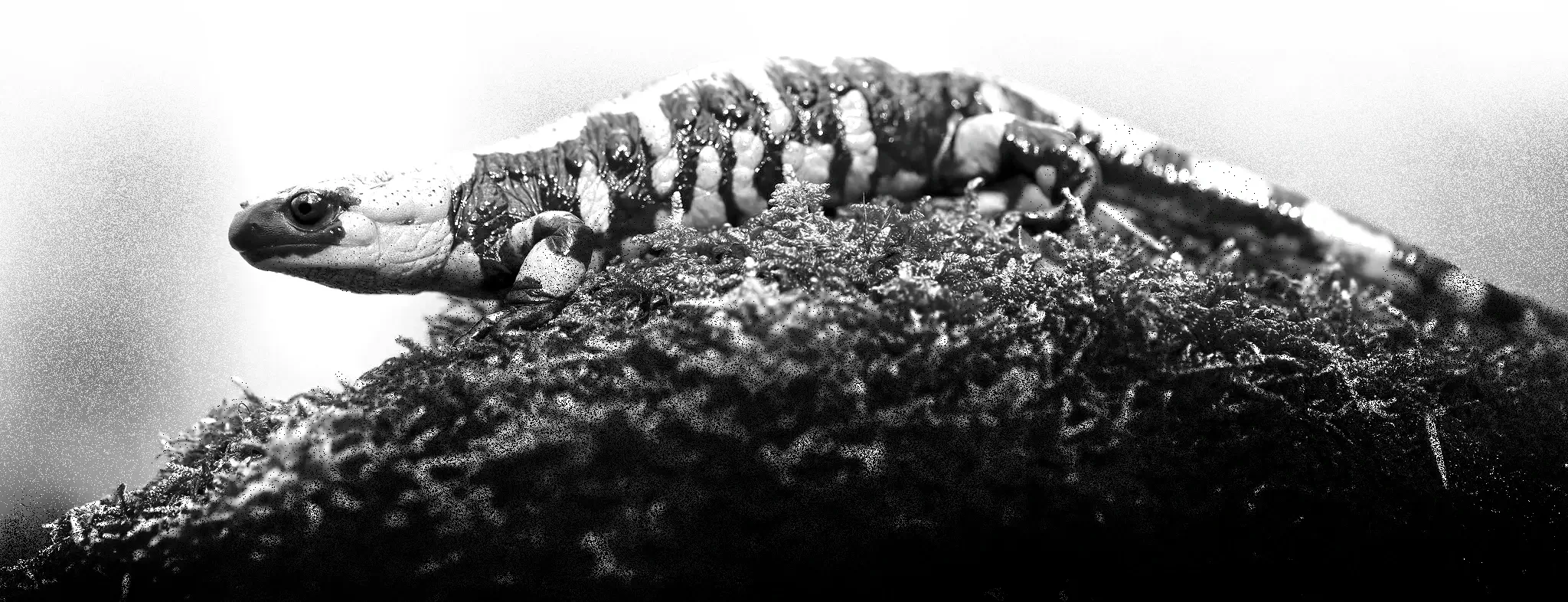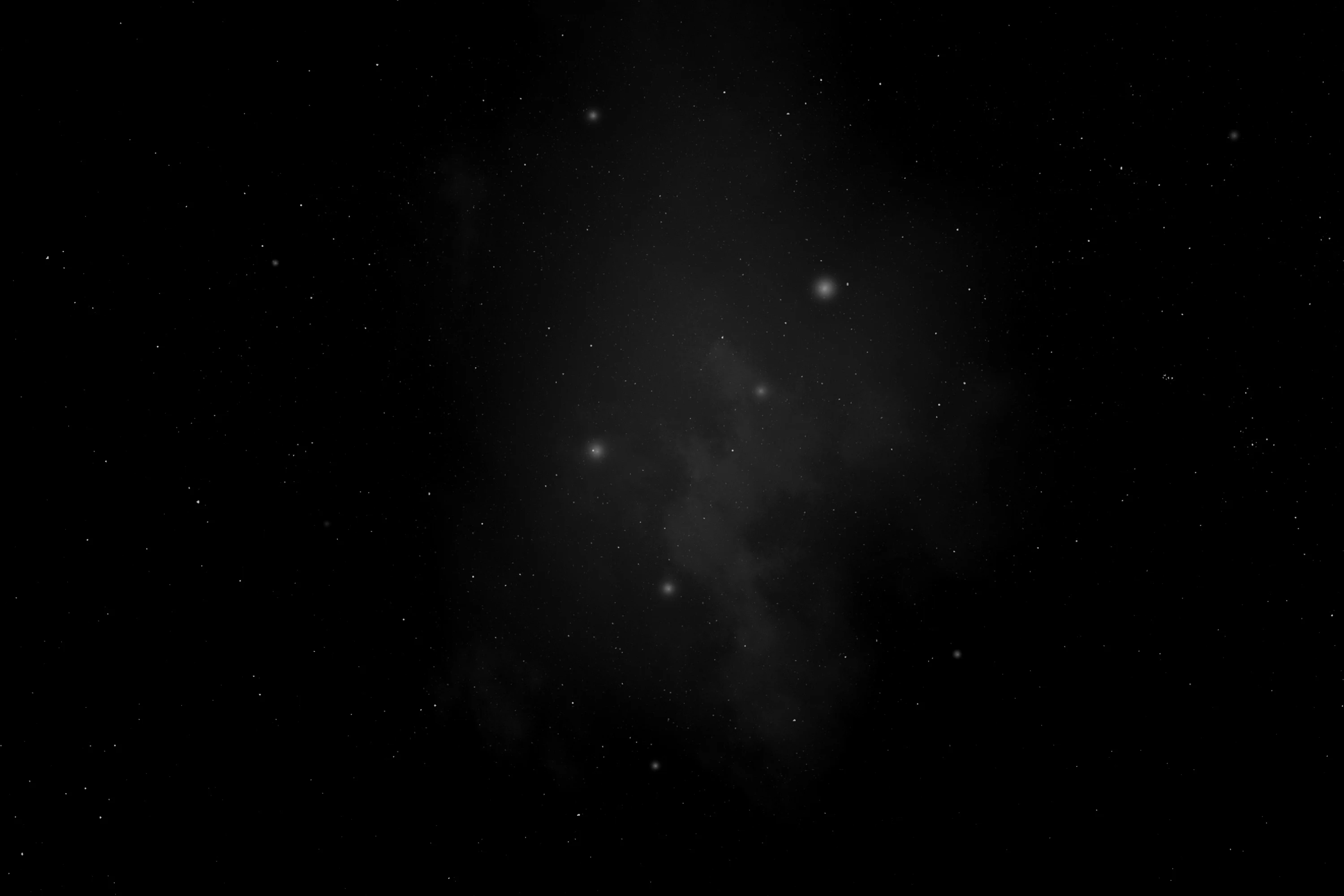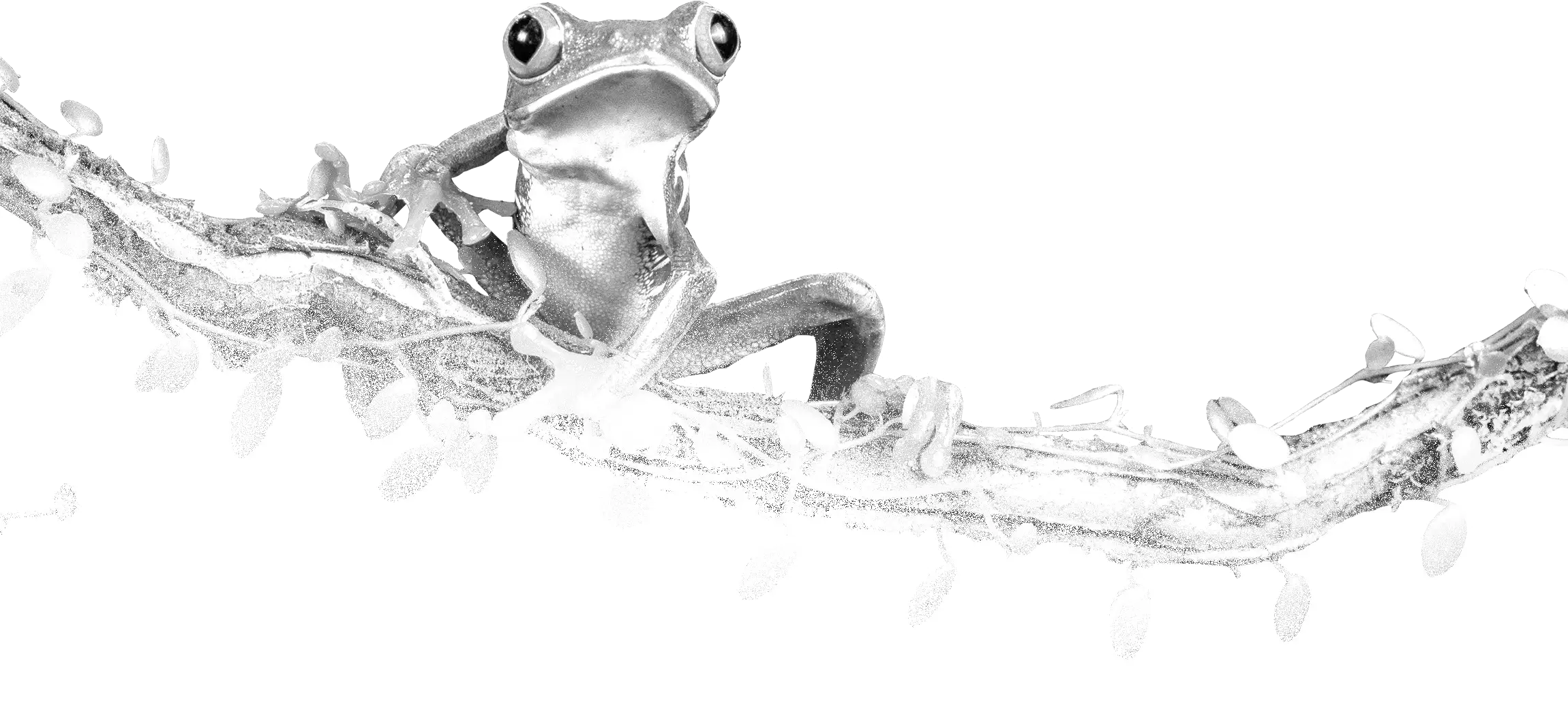
(Scolecomorphidae)
Buried-Eyed Caecilians
Африканські черв'яги
The Scolecomorphidae are a family of caecilians also known as tropical caecilians, buried-eyed caecilians, or African caecilians. They are found in Cameroon in West Africa, and Malawi and Tanzania in East Africa. Caecilians are legless amphibians which superficially resemble worms or snakes.
Scolecomorphids have only vestigial eyes, which are attached to the base of a pair of tentacles underneath the snout. Unlike other caecilians, they have only primary annuli; these are grooves running incompletely around the body, giving the animal a segmented appearance. All other caecilians have a complex pattern of grooves, with secondary or tertiary annuli present. Also uniquely amongst tetrapods, the scolecomorphids lack a stapes bone in the middle ear.
At least some species of scolecomorphids give birth to live young, retaining the eggs inside the females’ bodies until they hatch into fully formed offspring, without the presence of a free-living larval stage.
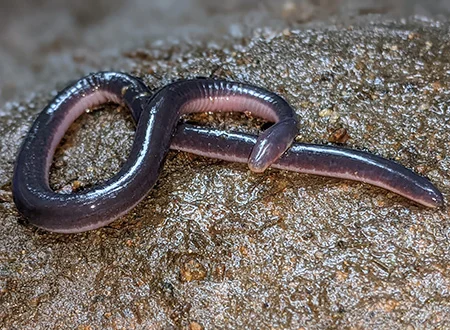
(Scolecomorphus kirkii)
Kirk's Caecilian
Черв'яга короткоголова
It is known from southern Malawi east of the Shire River, northern Mozambique, and Tanzania (including the Nguru, Udzungwa and Uluguru Mountains). It occurs in montane and submontane forests, generally at elevations above 1,000 m.
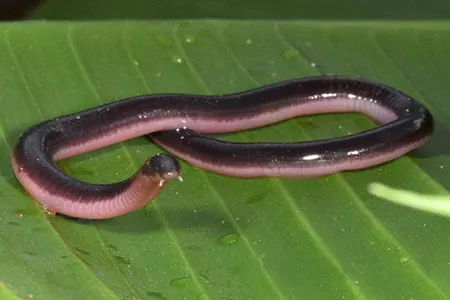
(Scolecomorphus vittatus)
Banded Caecilian
Черв'яга двоколірна
It is endemic to Tanzania. Its natural habitats are subtropical or tropical moist lowland forests, subtropical or tropical moist montane forests, plantations, rural gardens, and heavily degraded former forests.
The genus (Scolecomorphus) also includes: Uluguru Black Caecilian (Scolecomorphus uluguruensis).
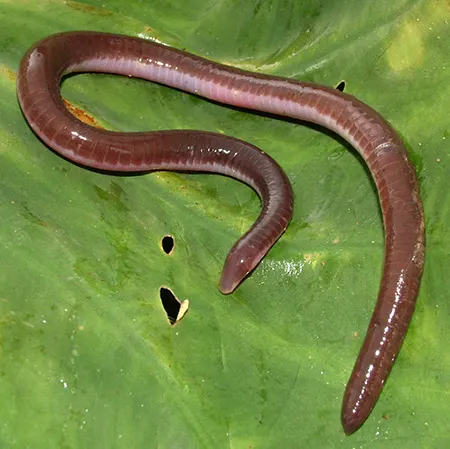
(Crotaphatrema lamottei)
Mount Oku Caecilian
Черв’яга Ламотта
It is endemic to Mount Oku in Cameroon. It is found in secondary forest, forest edge, and farmland, but never further than 500 m away from forest. It occurs at elevation of about 2,300 m.
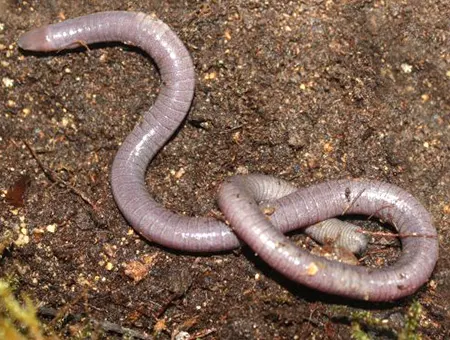
(Crotaphatrema bornmuelleri)
Bornmuller's Caecilian
Черв’яга Борнмюллера
It is endemic to Cameroon. Its natural habitats may be subtropical or tropical moist lowland forests, plantations, rural gardens, and heavily degraded former forests.
The genus (Crotaphatrema) also includes: Tchabal Mbabo Caecilian (Crotaphatrema tchabalmbaboensis).
